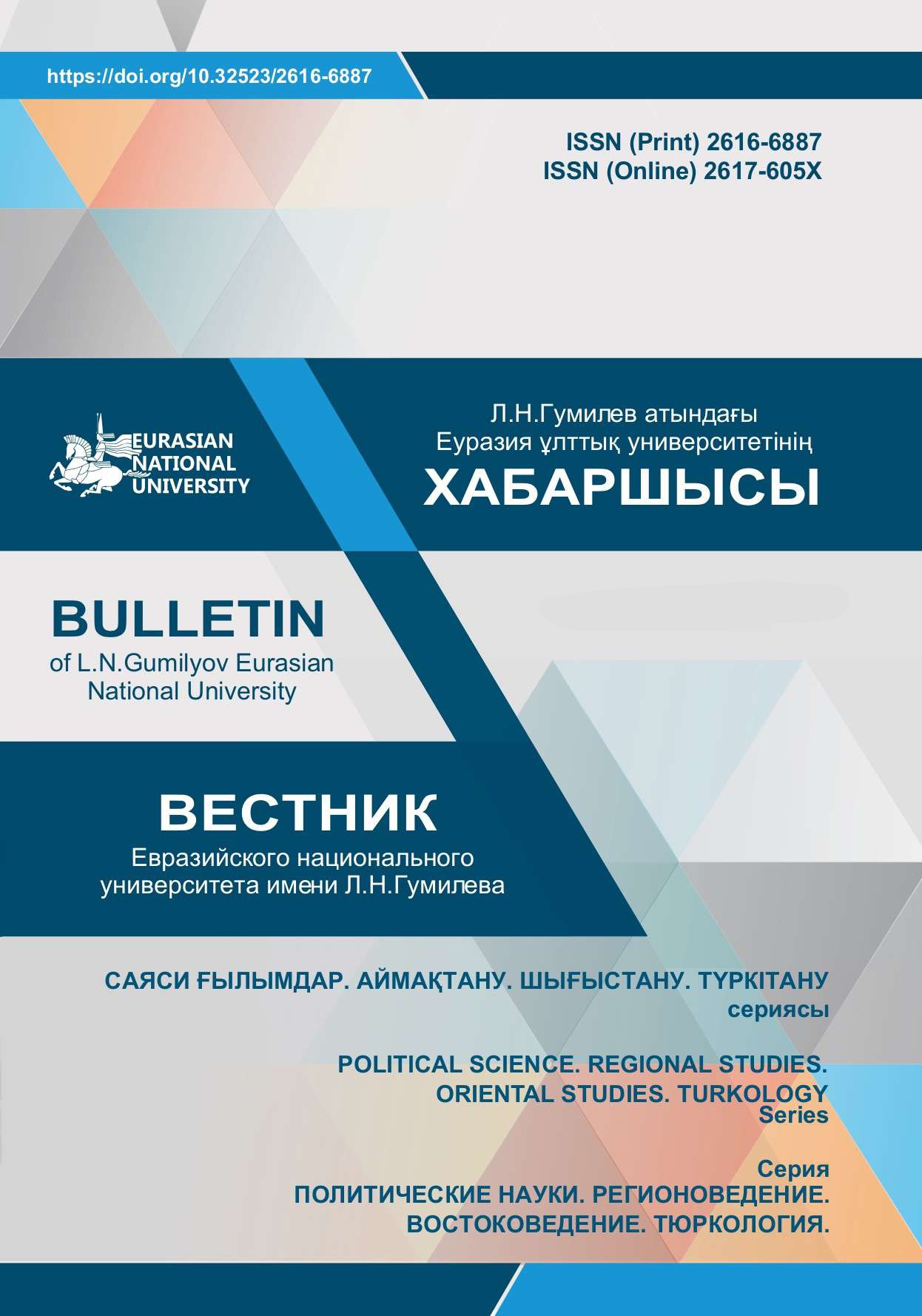The image of Genghis Khan in Mongolia’s national ideology and historical policy
Views: 258 / PDF downloads: 335
Keywords:
Mongolian studies, Genghis Khan, national ideology, historical politics, Mongolian Empire, Mongolian People's Republic, modern Mongolia, Mogulistan, Moguls, Chagatai Ulus, Tamerlane, Mongol history, Genghis Khanization, Mongol UlsAbstract
The article analyzes the image of Genghis Khan in the national ideology and historical
policy of Mongolia. The study of this topic is relevant today in the context of the ongoing major geopolitical
changes. In this context, it is important to note the various methods and technologies used to form the
civic consciousness and national unity of Mongolians. One of the key approaches is the widespread
integration of the extra-historical image of Genghis Khan into various spheres of Mongolian society.
However, here it is important to distinguish between the real historical personality of Genghis Khan and
the constructed image actively promoted by the contemporary leadership of Mongolia. Critical analysis
of these differences allows us to better understand the nuances of collective identity formation. This
issue is studied within the framework of a separate direction as Mongolology, created by the joint efforts
of Russian, French, German, and British researchers of the nomadic Mongolian civilization, its original
culture, and which in the last decade has become widespread in Mongolia itself. The study of the work
of the last three Mongolian presidents on the image of Genghis Khan is of the greatest interest, since they
personify modern Mongolia, and the period of their work covers both the heyday of democracy in the
country and its contemporary crisis. It is concluded that the current president will continue to refer the
Mongolian people to Genghis Khan, but no longer as a wise builder of the state, but as its inflexible and
alternative ruler who ruled until his death. As practice suggests, it is big ideas that come to the aid of the
ruling regime when its economic abilities are exhausted and there is nothing to present to the electorate.
Thus, in modern Mongolia, the memorial canon is formed as one of the results of the historical policy
pursued by the elites, in the framework of which the concept of «statehood», correlated with the category
of «Mongolianness», occupies a special place.
Downloads
Published
How to Cite
Issue
Section
License
Copyright (c) 2023 Bulletin of the L.N. Gumilyov Eurasian National University. Political Science. Regional Studies. Oriental Studies. Turkology Series.

This work is licensed under a Creative Commons Attribution-NonCommercial-NoDerivatives 4.0 International License.







